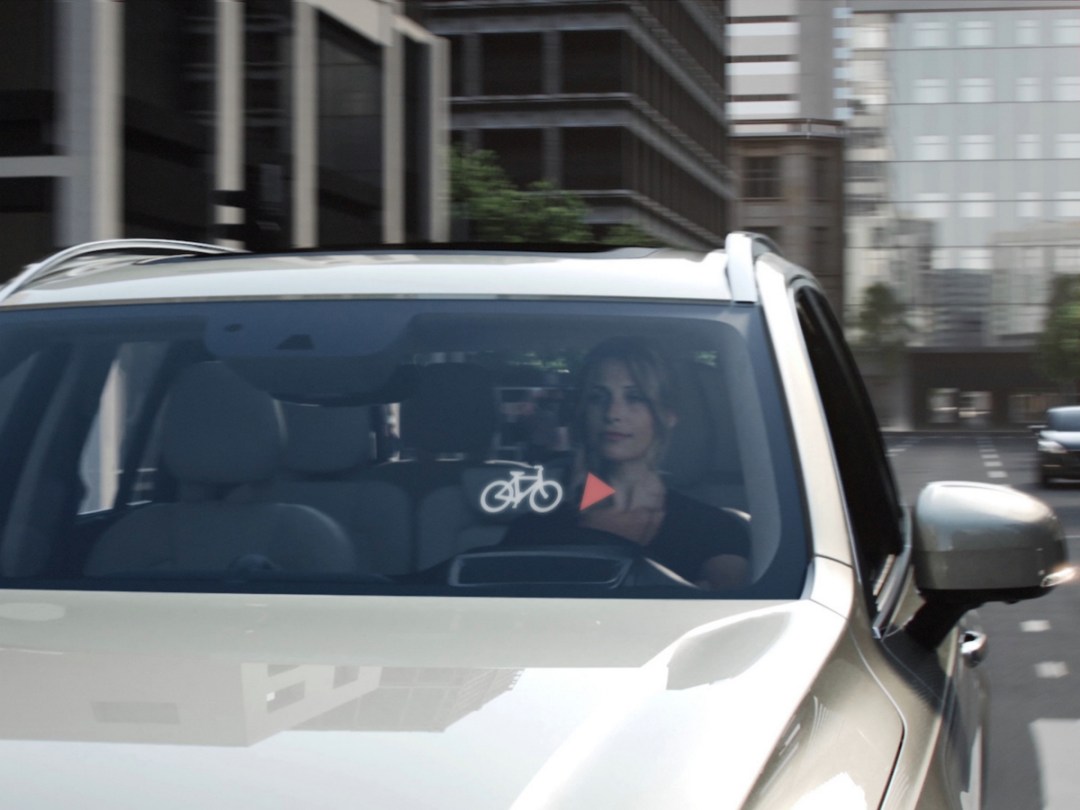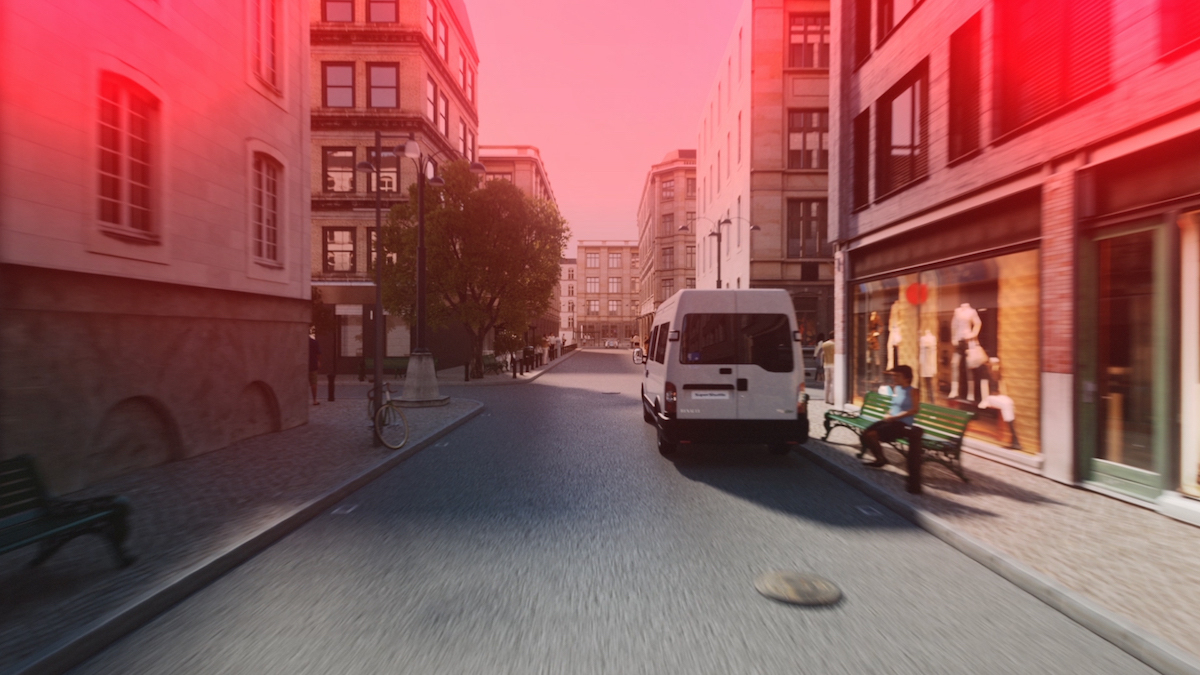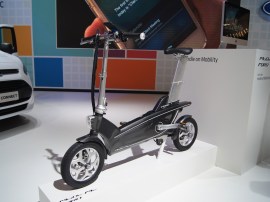CES 2015: Volvo seeks to end car-on-bike collisions with wearable tech
Ambitious plan aims to eliminate such crashes entirely, but will it take hold?

We’ll no doubt encounter a deluge of new and innovative gadgets at CES 2015 next week, but it’s not all just things to lust after and perhaps buy someday – the most memorable showings are often things that can truly improve everyone’s lives.
In that spirit, we’re excited to see what Volvo and Ericsson have planned for their new city cycling safety initiative, which utilises two-way communication between a car driver and a cyclist via proximity warnings that can help alert both to an impending collision.
Wearable tech helps form one part of the equation. The cyclist can use a smartphone app paired to a specialised helmet (from sports gear manufacturer POC) that contains a small light above the eye line. The driver will need a vehicle with built-in safety alerts – sort of an advanced version of the City Safety functionality built into some recent Volvo models.

In this concept, which will debut at CES, the close proximity between the cyclist and car will trigger alerts to both: the cyclist will see a small light flash from the helmet (as depicted in the above image), while the driver will see a notification on the heads-up display in the windshield. With both parties alerted simultaneously to the impending threat, the hope is that both will have enough time to slow down and/or dodge the collision.
It adds an extra layer of smart tech to help both drivers and cyclists react to dangerous situations, and it can be particularly useful when it comes to blind spots or unseen threats obscured by traffic or darkness.
Questions remain: notably, will this kind of system be open enough to work with a wide array of cars, phones, apps, and helmets, or will market segmentation diminish its safety appeal? And what of cyclists who refuse to wear safety gear? It’s simply a concept for now, but it’s a step in the right direction towards using tech to improve everyone’s safety on the road.



